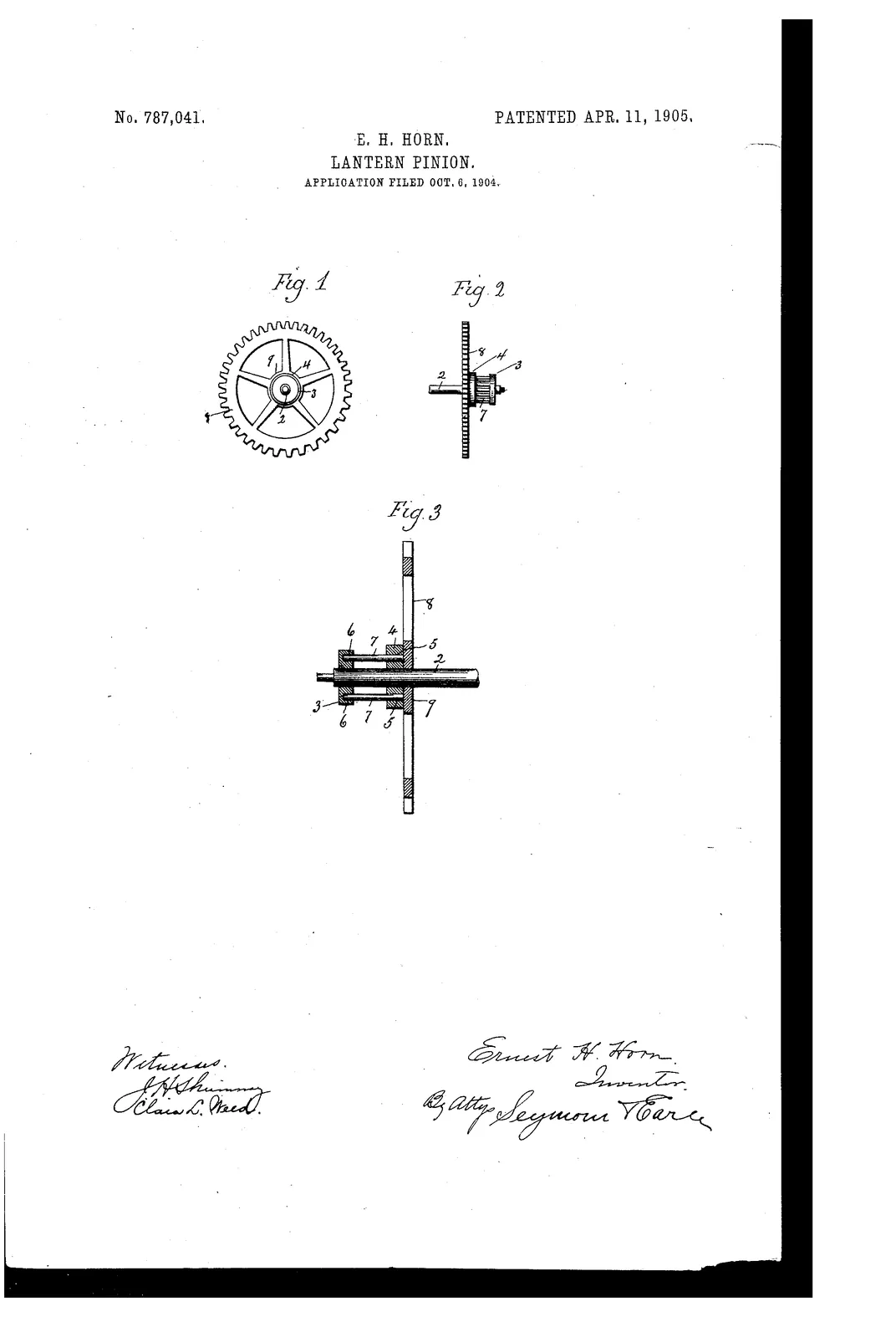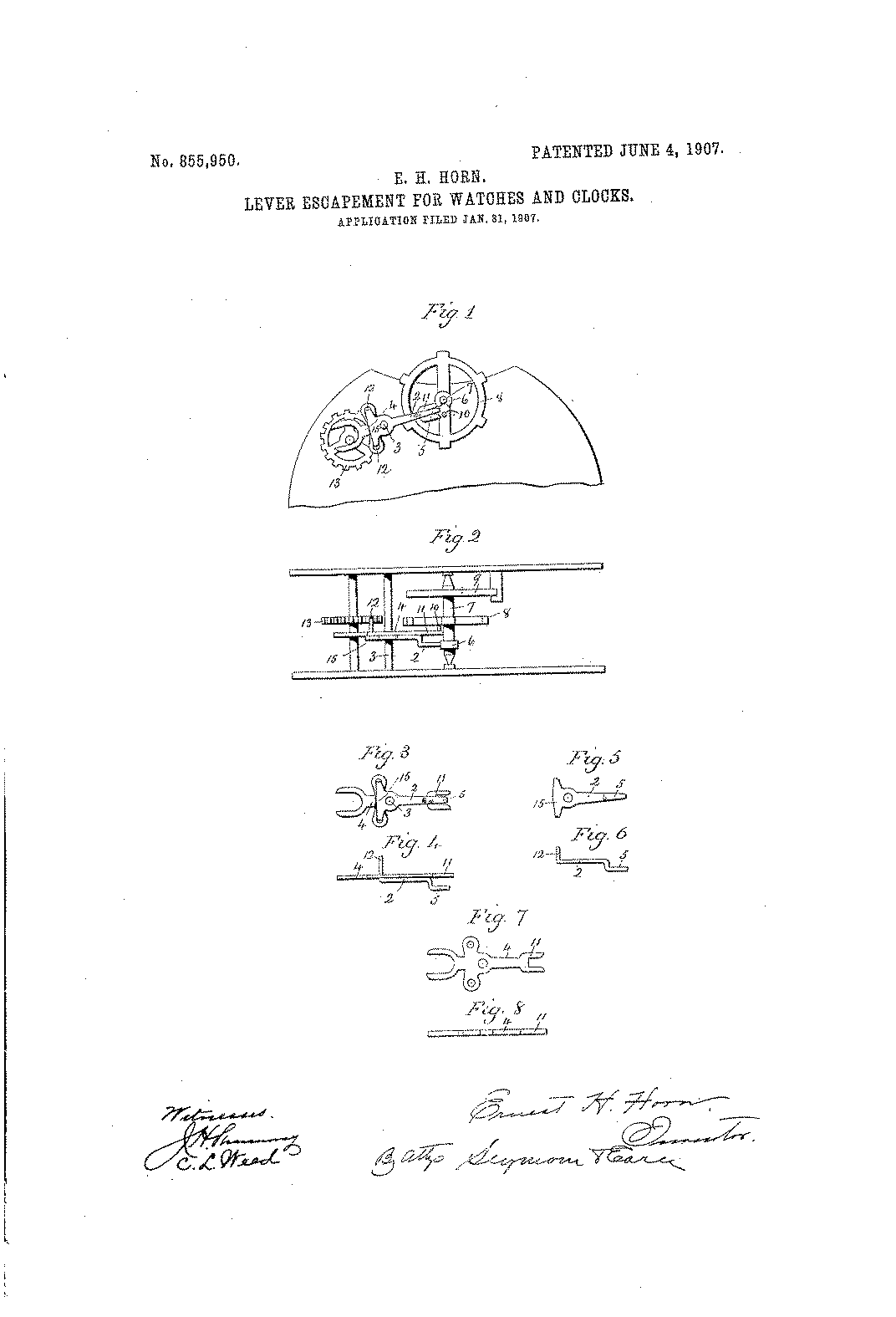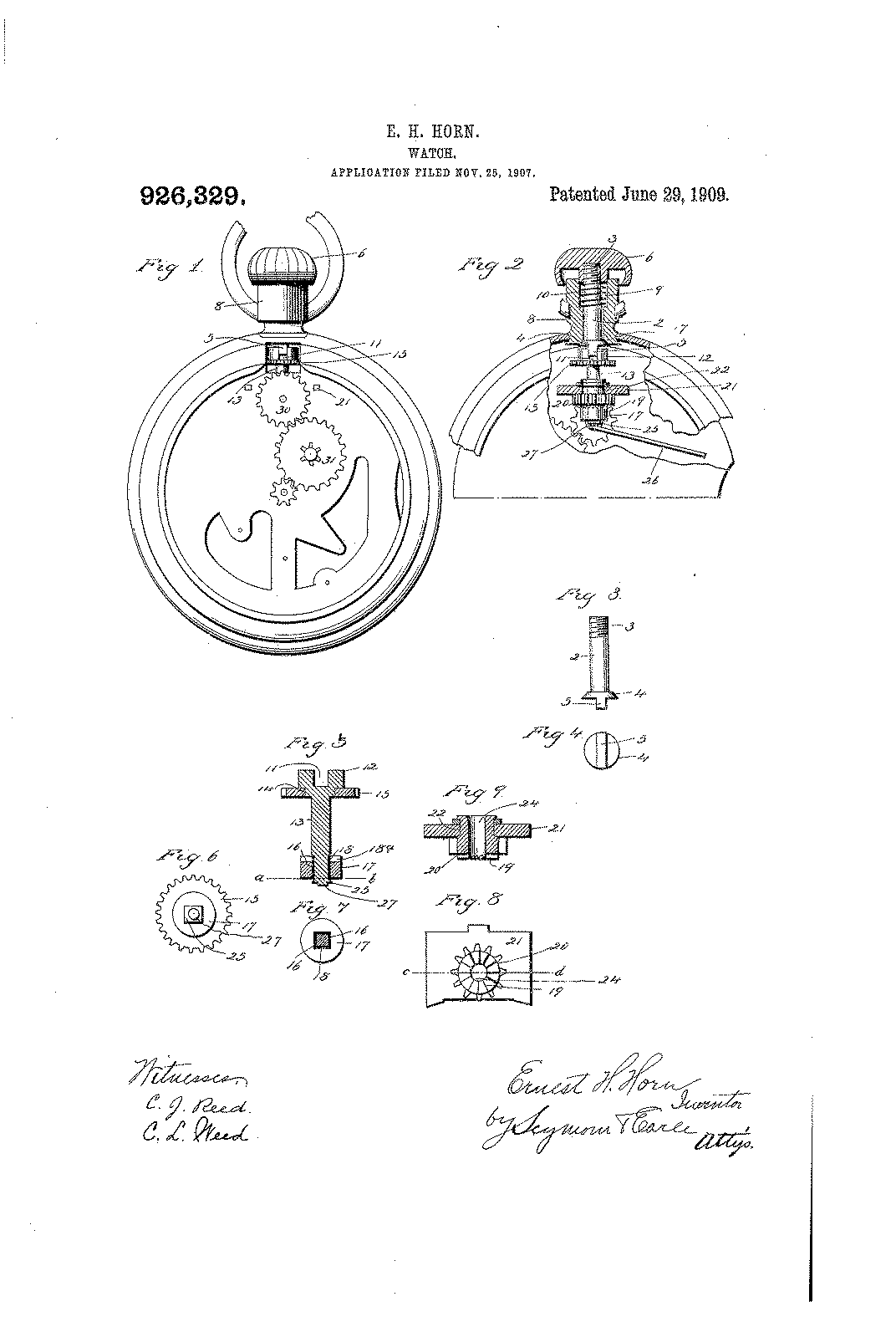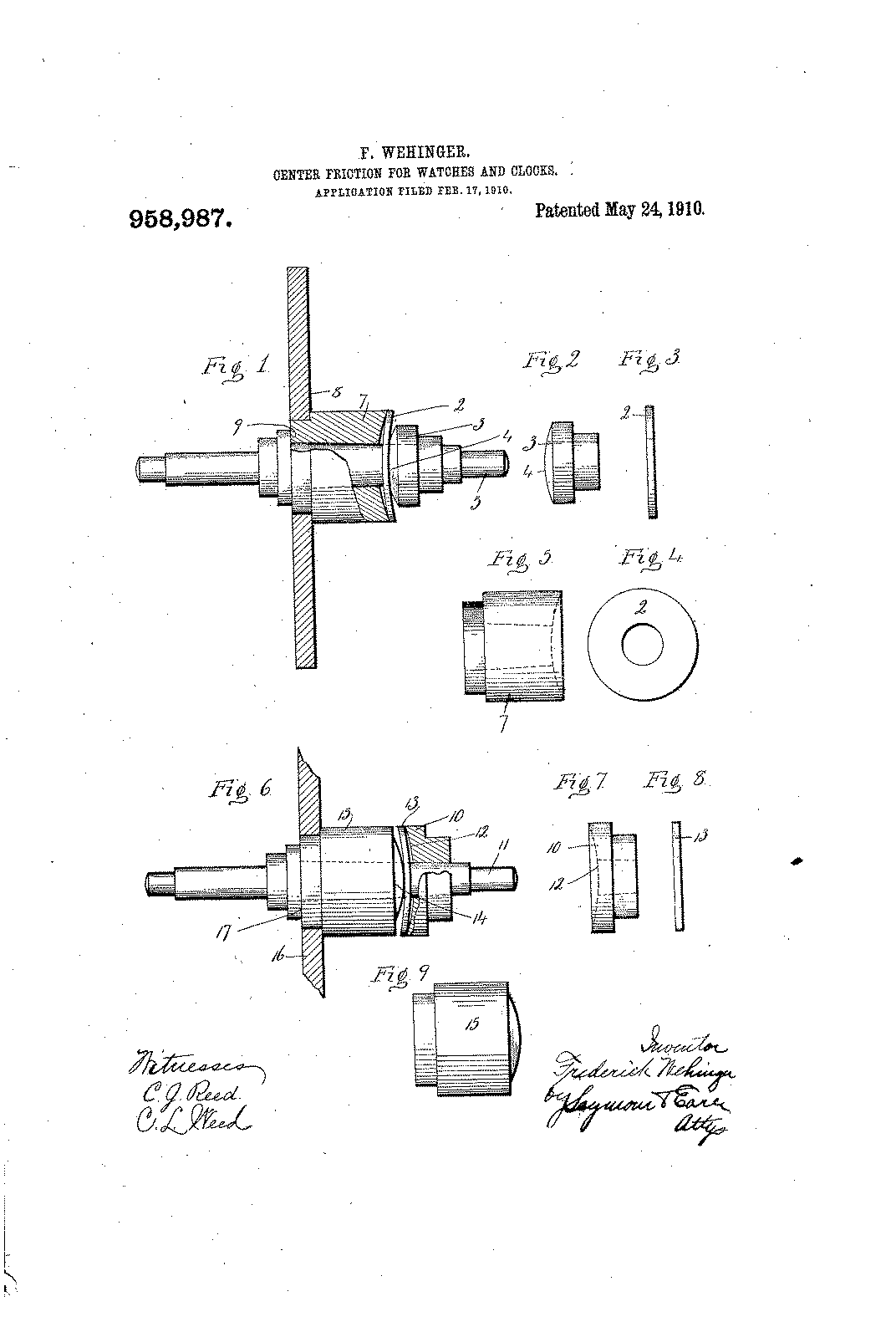Mark Twain’s Quest to Bring Affordable Watches to the Masses
At one time, he even invested in a watch company that launched a signature ‘Mark Twain’ pocket watch
/https://tf-cmsv2-smithsonianmag-media.s3.amazonaws.com/filer/8c/b6/8cb66333-1f6b-44d5-ad05-aabfba85acb1/mark_twain_movement.jpg)
Today, it’s common for celebrities to hawk products that seem to have little, if anything, to do with what made them famous in the first place. Although this phenomenon may seem recent, it’s actually quite old. American novelist Mark Twain, for instance, endorsed a lot of products. Some made him money; some didn’t.
But there was at least one product he genuinely loved. Twain loved watches. And like many watch enthusiasts, perhaps the only thing Twain loved more than owning watches was complaining about them.
In one piece published in the November 26, 1870, issue of the Buffalo Express, the 34-year-old told a story about getting a new watch. Wanting to make sure he was setting it to the correct time, he brought it to a watchmaker, who took one look and told him it needed to be adjusted. No, Twain explained, the watch was new—he only needed to know the correct time. The watchmaker refused to listen. Finally, Twain relented and let him adjust the watch. Sure enough, the watch, which had previously kept perfect time, began to gain several minutes a day.
The way Twain told the story, he was a kind of rube at the mercy of so-called watch experts. Twain was forced to take the watch to an escalating series of preposterously incompetent watchmakers, all in an effort to get the watch back to where it was originally. Each made it worse than the last. That the watchmakers’ expertise was bunkum was, of course, all part of the joke. One told him the barrel was swelled, which is impossible. One said its kingbolt was broken, which is a part that doesn’t exist. Another claimed the mainspring needed straightening, then added that the movement also needed a half-soling, as if it were a worn-out pair of shoes.
By the end of it, Twain maintained that it had cost him two or three thousand dollars to repair a $200 watch. Much like “a good horse was a good horse until it had run away,” he concluded, a “good watch was a good watch until the repairers got a chance at it.”
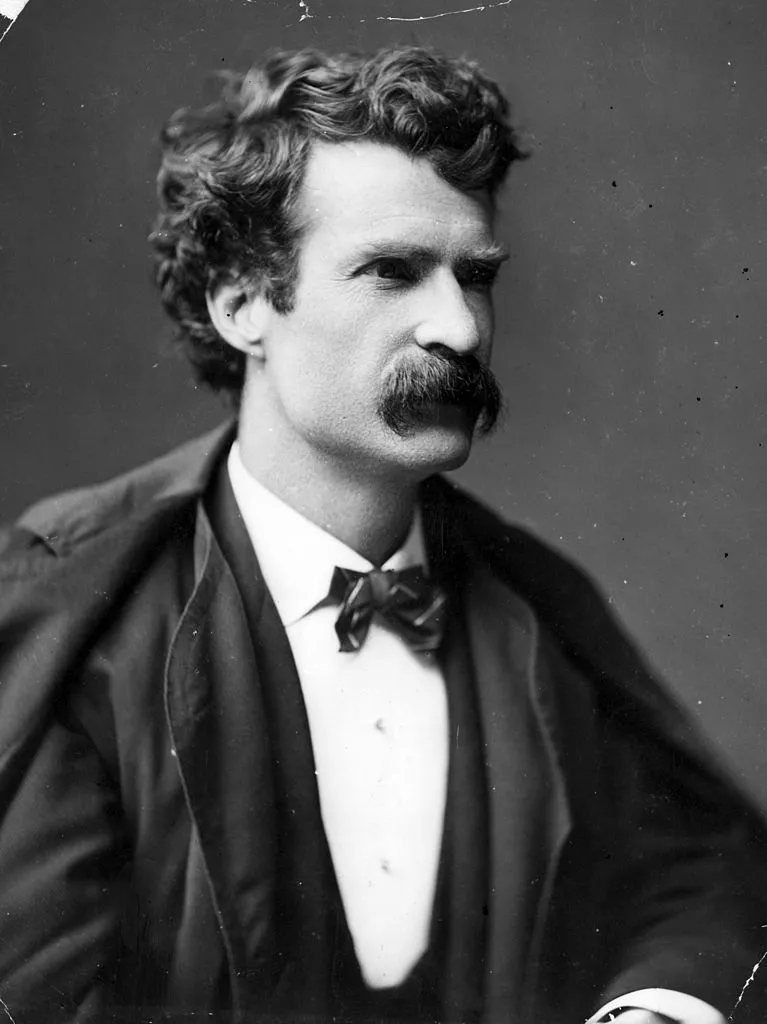
What he wanted, he realized, was a watch that watchmakers couldn’t get their hands on. At the time, horology, or the study of timekeeping, was still an artisanal craft catering largely to the wealthy. If someone could afford it, he owned an expensive, mostly hand-built pocket watch. If he couldn’t, he didn’t own one at all. To know the time, most people listened to church bells or checked the clock in the town square. Watches were hardly democratic objects.
But after 1869, the completion of the Transcontinental Railroad, which required a national, standardized system of time, spurred the need for more democratic timekeeping. The rise of the railroad dovetailed perfectly with Twain’s rise as a writer. In 1883, the United States instituted its system of time zones in response to the needs of the railroad. The following year, Twain published The Adventures of Huckleberry Finn.
The heroes of Twain’s books weren’t proper, genteel types. Twain made his name as a democratic, accessible writer. And in part because of the railroad and ongoing urbanization of America, timekeeping needed to become democratic and accessible, too. Watches shouldn’t be available only to owners who could afford to blow hundreds of dollars on a watch and then thousands on its upkeep, Twain realized. Watches needed to be for everyone.
The Watch That Made the Dollar Famous
In 1889, the Connecticut-based Waterbury Clock Company started selling a watch case with a clock movement inside, just small enough to be carried in an overcoat pocket. It was essentially a pocket clock. The watch, which they called the “Jumbo,” was an inch-and-a-half thick and nearly three inches in diameter. But though it was huge, it was also radically simple. It only had 58 parts, fewer than half that of any other watch at the time. The whole movement rotated inside the case, moving the hour hand as it turned. More revolutionary than anything else, though, was the price. It sold for only $3.50 (equivalent to about $97 today): terrifically cheap.
A few years earlier, a young striver named Robert H. Ingersoll had left his father’s farm in Michigan to strike it rich in New York. With his brother Howard, he had founded a successful mail-order business selling novelty toys like rubber stamps, cheap cameras and small typewriters, all of which he sold for a dollar. Once he saw Waterbury’s Jumbo, Ingersoll decided he wanted to sell watches for a dollar, too. Established watchmakers told him he was crazy. It would be impossible to sell one at that price, even after the Jumbo.
But eventually he contracted with Waterbury to produce a watch under the Ingersoll name, one that would work more like a watch and less like a scaled-down clock.
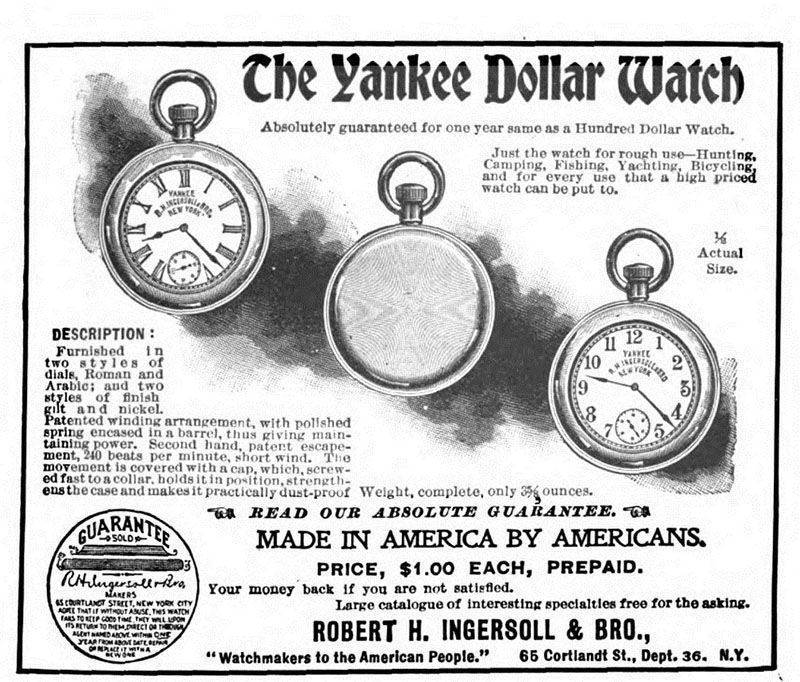
In 1892, Ingersoll first sold an early version of the watch that would eventually be dubbed the Yankee for $1.50. Orders were so great that over the next few years, he was able to drop the price to a single dollar. From a marketing and production perspective, the watch was a breakthrough. In nearly four centuries of watchmaking, no one had ever been able to make a functional personal watch for so little money. By 1896, the Ingersoll Yankee “dollar watch”—the “watch that made the dollar famous,” as its slogan went—had become a smash success.
In the early years of the 20th century, Ingersoll would sell 12,000 Yankee watches every day. By 1914, Ingersoll’s watch business was so successful that he was able to purchase the entire Waterbury Clock Company. Much later, in 1933, Ingersoll-Waterbury launched the first Mickey Mouse watch. About 30 years after that, the company was rebranded with the name it is still known by today, Timex.
The Ingersoll Yankee was widely seen as a testament to modern American ingenuity. All of its parts were made by machine, not by hand. More importantly, the watches were available to everyone, not just the wealthy. As one of Ingersoll’s many admirers put it, “[f]ive hundred years ago, watches were only for kings, weighed pounds, and cost hundreds of dollars each. Now any lively boy can earn and carry a better watch than any of those kings toted.”
The Yankee was an inexpensive, well-engineered watch that could be appreciated by nearly every American. Eventually, Thomas Edison, J. P. Morgan, and William K. Vanderbilt all owned Waterbury-made Ingersoll Yankee watches.
Of course, Mark Twain had to have one, too.
On May 21, 1901, Twain wrote to order a Yankee watch: “Dear Sirs: Please send me a watch. $1 enclosed. Truly Yours, Mark Twain.” Less than a month later, he ordered another one.
The Mark Twain Movement
But another reason Twain became so enamored of inexpensive, dependable watches is that he had once come dangerously close to losing a fortune in the watch industry.
In March of 1881, Twain had been approached by his nephew-in-law, Charles Webster, about investing in a watch company. Founded by brothers Clarence and Edward Howard in 1875, the Independent Watch Company was based in Fredonia, New York. (It bore no relation to another American-owned Independent Watch Company, which had launched in Schaffhausen, Switzerland, seven years earlier and still exists today as the company IWC.) The Howards had been trying to drum up investors in Fredonia and were eager to have a big name like Twain as a shareholder.
As writer Bernard G. Kraus has documented, in 1878 the Howards had bought a number of old movements, modified them slightly, and started selling them under the Independent Watch Company name. In 1881, the Fredonia Censor reported that the company had hired several watchmakers from Switzerland and had secured enough machinery and material to make several thousand watches. Because their deal with Twain later went south, it might be easy to think the Howards were mere hucksters, but they were genuine horological innovators. They received at least one patent for their regulators, which is the part of the movement used to adjust the watch’s rate faster or slower, and later had the distinction of being the first American watchmakers to import and make regular use of antimagnetic hairsprings, which limit the harmful effects of magnetism on the heart of a watch, the balance wheel.
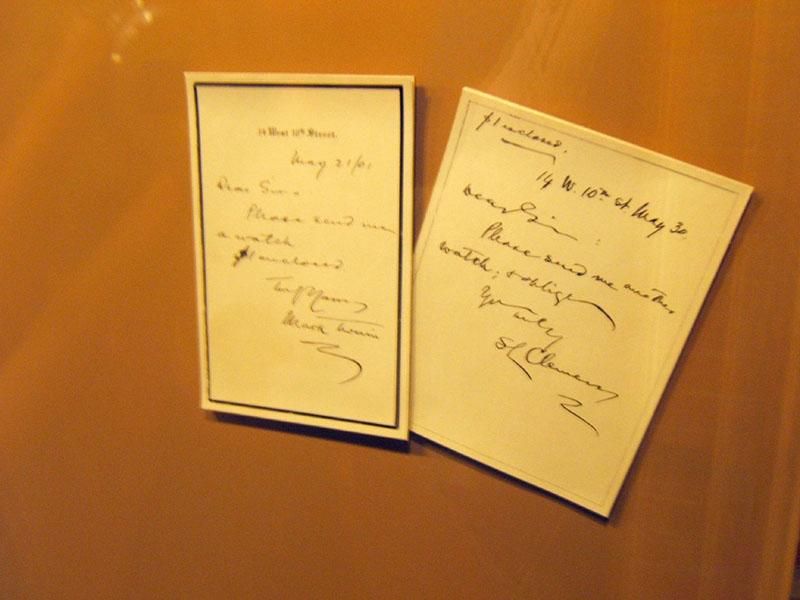
Twain was always looking to make a quick buck, and he liked his nephew-in-law, so he listened to the investment pitch. The brothers had instructed Webster to sweeten the deal considerably. The Independent Watch Company, he told Twain, wanted to make a signature “Mark Twain” movement. Twain, who liked watches almost as much as he liked money, was intrigued. Much of his money was tied up in other ventures—“much as I like the watch-making scheme, I’ve got to stay out of it,” he told his sister in a March 15, 1881, letter—but in the end he couldn’t resist. He invested $5,000, nearly a quarter of a million in today’s dollars.
The pocket watch movement was first announced in the September 21, 1881, issue of the Fredonia Censor. The writer noted that the “company will have one watch movement named the ‘Mark Twain,’ in honor of this distinguished shareholder.”
The “Mark Twain” finally launched in early 1882 as an 18-size, key-wound movement with a subsidiary seconds function. The official announcement read, “Born at 2 o’clock p.m., Wednesday, Feb. 1st, the ‘Mark Twain’ gilt key winding movement. The child is vigorous and healthy, and there seems to be a large and increasing number of him. His parents are proud of him, and he already promises to become as universal a favorite as his illustrious namesake.” Though some examples had 11 jewels and others had 15, most were cased with dials reading “Independent Watch Co., Fredonia, NY,” and all had “Mark Twain” engraved in script on the movement.
Yet although Twain would become a prodigious endorser of products—he would later sign endorsement deals for cigars, fountain pens and whisky, among other things—being a watch mogul was not in the cards. By the late summer of 1882, Twain found that the Howards had been dodgy with their shareholders. They had allegedly tried to unload some of their stock to pay themselves and other investors a dividend even though the company was not yet profitable. Furious, Twain eventually got the Howards to buy back much of his stock, but he was still on the hook for $1,400, or about $35,000 in today’s dollars.
Twain was always a better writer than he was a businessman, and it’s no surprise that ten years later, his eye turned toward the Ingersoll-Waterbury dollar watches. These watches, though, were cheap. They were effectively disposable. Despite a guarantee from Ingersoll, when something went wrong with a dollar watch, most owners simply threw it away and bought another one. As Twain wrote in 1897, when a watch starts losing time, “you have choice of two things to do: throw it in the fire or take it to the watch-tinker. The former is the quickest.” It was a cute line, but after the rise of the dollar watch, it also had the benefit of being true. Ingersoll had made throwing out a busted Yankee watch not just the funny thing to do, but the smart thing, too.
Twain hated being at the mercy of watchmakers. It didn’t matter whether the watchmaker was some mountebank trying to convince him his mainspring needed straightening, or two entrepreneurs shaking him down for money in exchange for a Mark Twain-branded movement. He wanted timekeeping to be equal for everyone.
The unpretentious democracy of the Ingersoll and Waterbury watches—the fact that they were available to anyone, anywhere, and each worked as well as the next—struck Twain as quintessentially American. “Some rare men are wonderful watches, with gold case, compensation balance, and all those things,” he mused late in life. And “some men are only simple and sweet and humble Waterburys. I am a Waterbury. A Waterbury of that kind, some say.”
